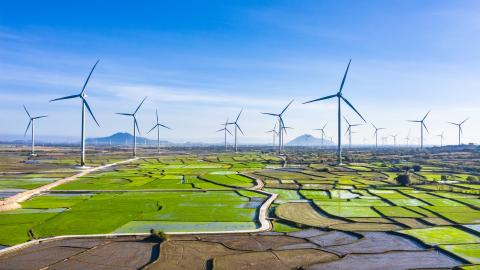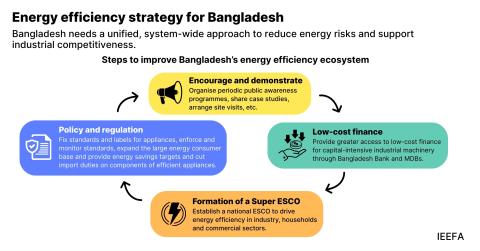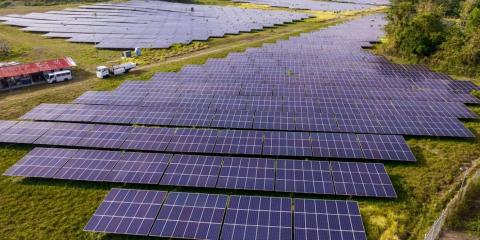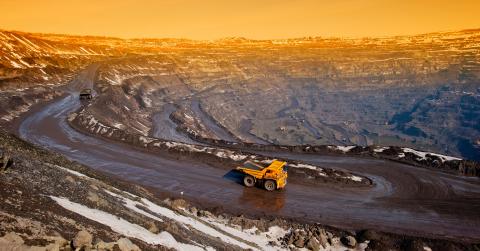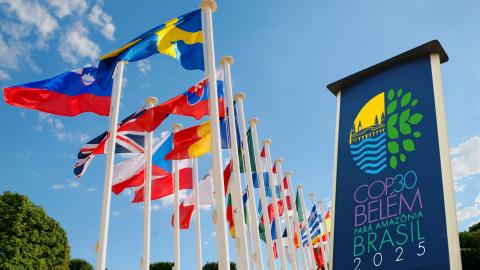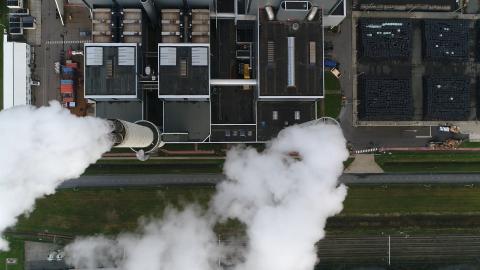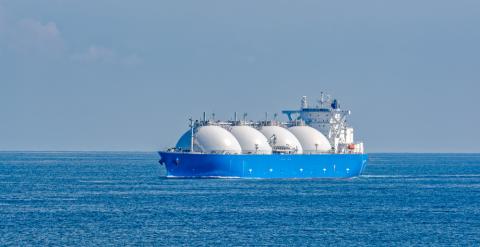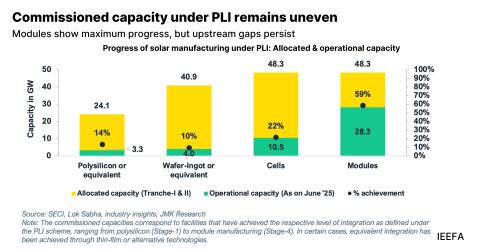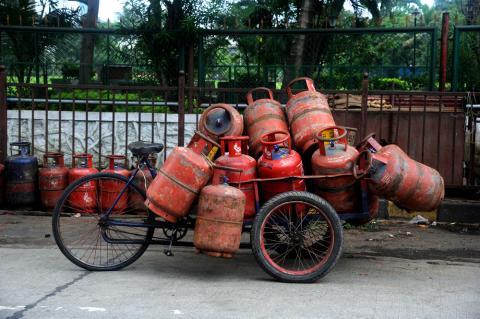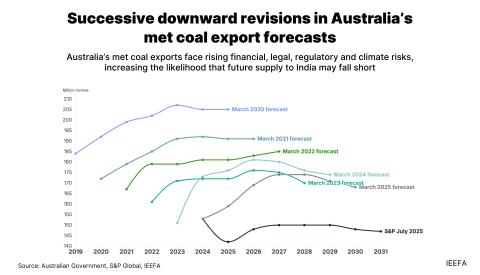Shaping the Quad critical minerals initiative: Secure supply chains vital for the clean energy transition
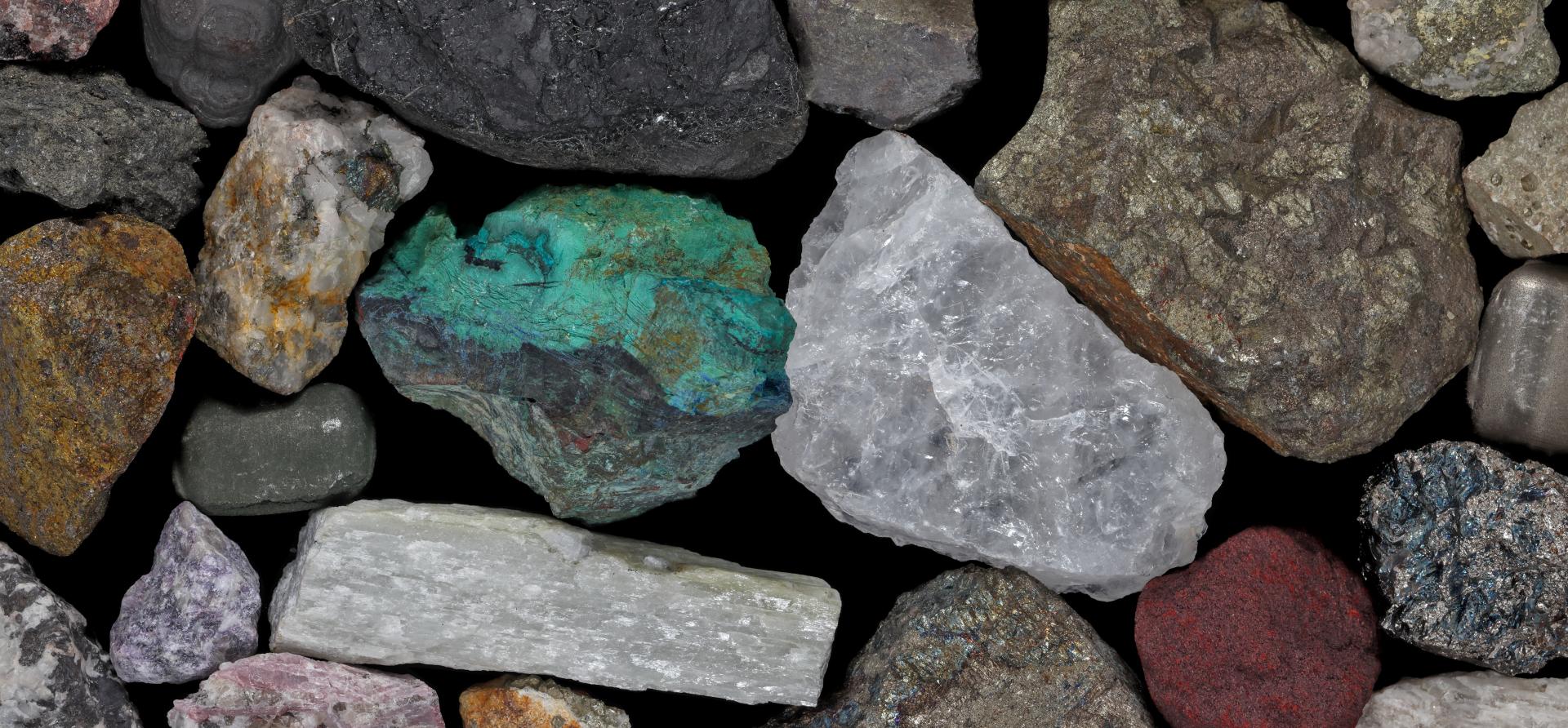
Key Findings
Quad countries should build regional refining and processing capacity through shared financing platforms, offtake agreements, and public-private partnerships to overcome structural reliance and vulnerabilities in the Indo-Pacific region.
India’s growing market and policy reforms position it as a potential processing hub. Strategic collaboration in finance, technology, and R&D can accelerate its integration into global mineral supply chains.
To make the Quad Critical Minerals Initiative effective, members need to align definitions, harmonise standards, and co-develop an actionable industrial strategy that drives joint investment and policy coordination.
At the recent Quad Foreign Ministers’ Summit in Washington, Australia, India, Japan and the United States announced a Quad Critical Minerals Initiative (QCMI) – a signal of shared intent, but one still in search of substance.
China has asserted its dominance in critical minerals – first through export controls on gallium and germanium, and more recently by curbing rare earth shipments. The US responded with executive orders to secure supply chains. Allies are moving to reshore and diversify. The logic is clear: from electric vehicles (EVs) to jet engines and semiconductors, critical minerals will shape both economic competitiveness and strategic autonomy in the 21st century.
The initiative will focus on creating “non-market policies and practices for critical minerals, certain derivative products, and mineral processing technology”. The question is whether this will result in a tangible industrial strategy – aligning policies and harmonising standards, creating patient capital for joint investments, and building cross-border research and development (R&D).
Divergence and Convergence in Quad Prioritisation
Despite growing convergence, the Quad members differ on their definitions of “critical” minerals. India lists 30 minerals, such as copper, phosphates, cadmium and potash, reflecting its strategic needs in agriculture and energy. The US list of 50 minerals emphasises aluminum, barite and graphite for the defence and tech industries. Australia, a major producer, focuses on 31 minerals, including lithium, rare earth elements (REEs) and zirconium. Japan’s list of 35 minerals highlights supply risks with its emphasis on gallium, dysprosium and yttrium.
The Quad has 20 minerals in common – including cobalt, tungsten, graphite, lithium and REEs – low-hanging fruit for alignment. Yet 36 minerals are unique to just one member, opening opportunities for swaps, co-investment and specialisation.
Structural Vulnerabilities and the China Factor
Quad supply chains remain highly vulnerable, especially graphite, copper, REEs and lithium. All members depend on China for synthetic and natural graphite. China also dominates REE refining, accounting for more than 90% of global capacity. The US lacks heavy REE separation. India, despite significant reserves, produces just 1% of global output. Even Australia’s only major non-Chinese producer, Lynas, depends on China for refining. Japan, targeted by China’s 2010 export ban, still sources more than half of its REEs from China.
India’s import dependence extends to copper, barite, potash and 100% of its lithium, cobalt and nickel needs. The US lacks refining capacity, while Japan compensates with export-grade refining expertise. Australia holds the upstream edge but relies on external processing.
India: The Missing Link and Emerging Hub
India faces dual challenges: import dependence and limited domestic processing. However, growing demand from EVs and solar energy creates incentives for integration. The government has introduced sweeping reforms, from a National Critical Mineral Mission (NCMM) to duty exemptions on critical minerals and scrap metal imports. With the right partnerships, India can emerge as a hub for minerals processing and manufacturing.
Recommendation
India’s critical minerals sector, especially beyond upstream mining, is not yet globally competitive. But a nascent market is not a novel challenge. Each Quad member has leveraged targeted industrial policy to successfully build industries from the ground up. India built a global IT services hub through telecoms investments, tax incentives, and talent development. Japan’s rise in semiconductors and automobiles was led by METI-driven co-ordination, export credit and domestic consortia. Australia gained dominance in lithium and battery minerals through exploration incentives and export infrastructure. Even China, the global EV leader, invested US$230 billion between 2009 and 2023 to build its ecosystem – from battery R&D and manufacturing to procurement mandates and consumer subsidies.
To secure critical minerals supply chains, the Quad must replicate past success: deploy a targeted, sustained strategy that reduces capital risk, creates regulatory certainty, and anchors demand through co-ordinated procurement and offtake. To do this, it must:
Standardise to Improve Co-ordination
Critical minerals policy is fragmented across nations and industries, leading to duplication, gaps and weak bargaining power. This raises geopolitical and commercial risks, and slows, complicates and raises project costs.
The QMCI could serve as a government-industry platform to align policies, share analysis, harmonise standards and co-ordinate projects. By pooling expertise and negotiating power, it can dismantle barriers to diversified supply chains.
The US-led Minerals Security Partnership has helped co-ordinate governments for 32 projects (across exploration, processing and recycling), through diplomacy and finance. Similarly, the G7 Sustainable Critical Minerals Alliance has worked to raise mining sustainability standards globally.
The QMCI should go beyond convening and work towards joint stockpiling, financing and standard harmonisation efforts that can improve offtake.
Quad Joint Investment Platform – Financing Strategic Projects
Access to patient capital remains one of the biggest hurdles for critical minerals projects, which require high investments and long development timelines. BloombergNEF estimates US$2.1 trillion in new investment will be needed by 2050 to meet global demand for energy transition metals such as lithium, copper, nickel and cobalt. This implies an annual financing requirement of about US$70 billion.
A supply-demand mismatch will threaten net-zero targets and the commercial scalability of clean energy technologies. Without a well-capitalised global investment push, the Quad risks being dependent on geopolitical rivals in the most capital-intensive resource race of this century.
To overcome this, the QMCI should create a joint Critical Minerals Investment Platform to pool concessional finance from institutions such as the US Development Finance Corporation, Japan Bank for International Cooperation, Export Finance Australia, and India’s Invest India or National Investment and Infrastructure Fund. This platform could follow Canada’s C$15 billion (US$11 billion) Growth Fund, which invests in copper and zinc to boost domestic supply. The US-Qatar-backed TechMet uses US$285 million in sovereign equity to fund nickel, lithium, REE and vanadium projects worldwide, with offtakes for national reserves. Meanwhile, Australia’s A$4 billion (US$2.6 billion) Critical Minerals Facility offers concessional loans, guarantees and bonds for mining and processing ventures.
Collectively, these efforts underscore how strategically deploying public capital through joint vehicles can derisk frontier mineral ecosystems to the scale necessary to meet the Quad’s goals.
Quad Tech and Innovation Network – R&D, Skills & Platforms
The Quad must tackle the technological fragmentation and R&D underinvestment slowing mineral sector growth. Of the US$49.7 billion spent in global public R&D in 2023, only a small fraction was directed towards critical minerals, which lack dedicated national funding. This underinvestment leads to duplicated efforts and limited innovation in processing, recycling and sustainable extraction. Talent pipelines also lag demand. While the US and Australia grapple with talent shortages in mining, India’s 110 mining engineering colleges produce an exponentially higher number of graduates annually, highlighting a case for complementarity.
Without co-ordinated R&D and talent investment, the Quad may miss the productivity gains needed for value-added mineral activities.
The Quad stands at a crossroads. Past battery and semiconductor supply chain failures stemmed from policy complacency, underinvestment and prioritisation of efficiency over resilience. Today, critical minerals present a similar risk. China has demonstrated its willingness to assert its mineral dominance through export controls and capacity throttling. The Quad must act decisively or cede leverage central to 21st century power.
In the coming decade, countries that set the standards, finance the infrastructure, and train the workforce for critical minerals will shape the next industrial era. The Quad can lead this transformation – or be compelled to follow others, at its cost.
This article was first published in Hindustan Times.




